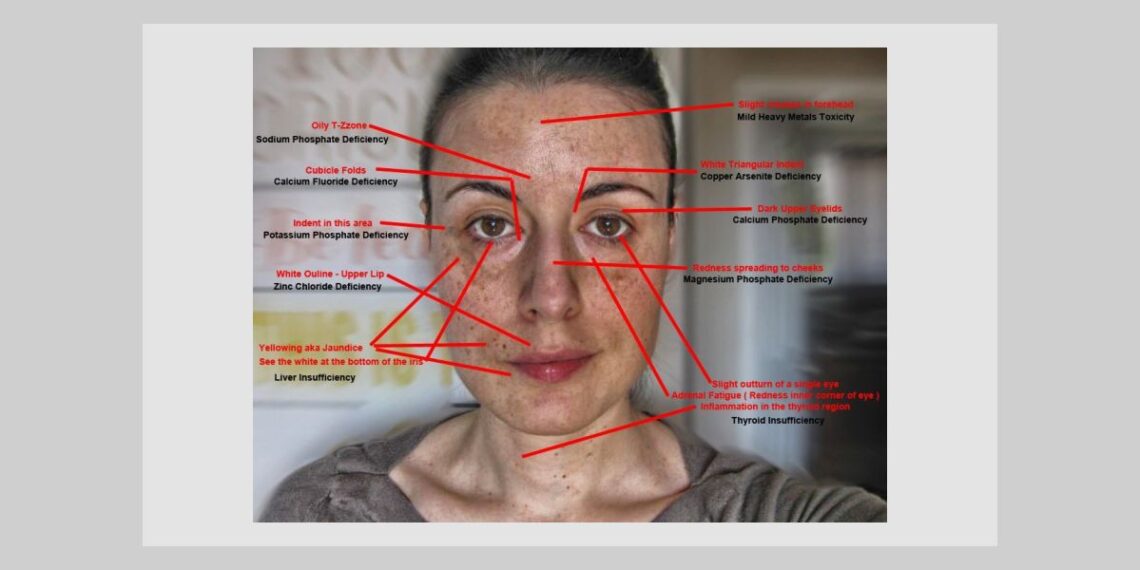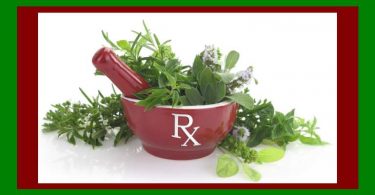An overview of what HFA is and how to use it in practice
This method of choosing remedies for chronic ill health was developed from clinical research conducted in Melbourne, Australia through the Victorian College of Classical Homeopathy from 1999 to the present. It has numerous advantages for the practitioner (and the student).
What is HFA?
HFA is an observable diagnostic method of prescribing, based on Hahnemann’s trilogy of three miasms – psora, sycosis and syphilis. Instead of seeing a miasm as an inherited disease, the miasm is seen as an internal inherited energy force which drives the individual. This force is same as the vital force – a program (non intelligent) that drives the immune system, the emotions, the nervous system and is also responsible for our physical make-up including our face. All matter has an internal energy and the homeopath is trying to understand what that energy is, and then find another similar energy in another substance to restore harmony and balance within the body.
Homeopaths spend years trying to work out the finer points of remedies and the emotions and mental outlook of their patients. It can be like trying to find a needle in a haystack.
Many remedies have the same symptoms as each other, even though other symptoms are different. Look at the total number of rubrics for both Sulphur and Phosphorus ( MacRepertory 6): Sulphur – 15191, Phosphorus – 12961. Now look at how many rubrics have both Sulphur and Phosphorus in them: Sulphur and Phosphorus – 6181
Remedies can look so alike, that for many years a practitioner has limited confidence in which one to choose. Sometimes they get it right first go, sometimes it takes a long time
If the internal force can be recognized, a matching similar remedy can be given and health will result. Facial structure is a material representation of that internal energy (miasm). Knowing how to analyze facial structure makes prescribing relatively easy.
The process
There are a number of aspects required to find a good remedy to help a patient with chronic disease. (First aid and true acute disease is not driven by internal energy or the miasm – its influence is external. Choose remedies as per traditional teaching. Eg Arnica for bruises, Ant Tart for chickenpox etc.) Chronic disease is driven by the internal energy of the patient.
Take the case – include
· A brief overview of any mentals.*
· A thorough coverage of all physical complaints – each physical complaint to include – events surrounding onset (where applicable), modalities linked to the complaint, patterns of onset or frequency, type of discharge, sensations and location (Boenninghausen)
· Generals of the patient
o Food desires, aversions and aggravationso Thirsto Menseso Perspirationo Relation to weather and temperatureo Sleep
*Mentals can lead a practitioner astray. Our judgement is always biased, our interpretations based on our own experience. Rather than using subjective interpretation, try using objective interpretation – circumstance. What happened is more accurate than “how do you feel about what happened” – for example
· A patient has suffered a business loss and their health declined since – they are angry, embarrassed, annoyed and frustrated
Rubric = Mind – business (join all business related rubrics – dreams of business, business failure etc)
· A patient has been affected deeply by the death of her parents and younger brother. Recently a friend died and her health and emotions have been affected again. She is sad, depressed, lonely and angry
Rubric = Death (join death rubrics or pick a large rubric such as Death presentiment of)
It is common for people to experience many emotional feelings over an event that has upset them. Terms such as anger, sadness and depression can be found in our repertories but commonly expressed emotions such as frustration cannot. If we list all the mentals associated with the event we will have too many rubrics, so instead of interpreting and trying to find a matching rubric use one rubric to describe the common circumstance. The energy of that event will contain the remedy they need.
Analyse the case
· Take one or two mentals (use circumstance over feelings unless the feeling is very clear)
· Take three to five generals
· Take one or two physical symptoms that are descriptive
Repertorise
Every case must be repertorised – do not assume you “know” remedies. How can you know Sulphur (15,191 rubrics*) or Phosphorus (12,961 rubrics) or Arsenicum (10,974 rubrics)?
*MacRepertory 6
Choose rubrics that have at least 30 remedies in them – keep the case broad at this point – you don’t want to lose your remedy at this stage. Think of it like casting a net to get as many fish as you can that will be suitable – once they are caught you can sort through them for the best fish – but make sure your fish is in the net on the first round.
A well rounded repertorisation should throw up 10 to 25 possibilities. If there are more than 25 remedies choose one more (broad general) rubric to narrow the choices.
Facial analysis
Every feature on the face is influenced by the internal energy of the patient. The sum total of these features displays the miasm of the patient. The HFA project has determined more than 70 features, each of which is considered either psoric, sycotic or syphilitic – all have been tested clinically. The average adult patient will have 10-20 of these features. Older people more and younger people less.
Features such as eyes, nose, mouth, teeth, chin and ears are rated by
· Size
· Position
· Angle
· Shape
Lines are rated when they are clearly seen
Hairlines by their shape
Foreheads by their shape and/or angle
Two books are required to learn how to analyze and rate features properly
(Appearance and Circumstance by Grant Bentley – 2003 and Homoeopathic Facial Analysis by Grant Bentley – 2006). When studied correctly practitioners can start getting accurate outcomes in weeks – the average practitioner needs about three months practice to become proficient at facial analysis. Once a practitioner has experience they will quickly see features and rate them immediately (movies will never be the same again – what is the miasm of that famous actor?). With experience, facial analysis takes a few minutes at the end of a consultation. Yet, it is the most vital piece of information.
VCCH has developed a free online facial analysis tool (known as the facial wizard) – it can be accessed through the Soul & Survival website www.soulandsurvival.com It is a more lengthy process than the analysis a trained practitioner undertakes – often more than 30 minutes per analysis as opposed to a few minutes when the process is well learned. This is because the wizard is based on feature recognition only – every feature – not just the miasmatically influenced ones. If the operator makes an error in their identification the result may be incorrect. However for those interested it is a way to learn more about facial analysis and hopefully a tool to excite interest. (We feel like screaming from the rooftops – this is the best, best system for finding accurate remedies for chronic disease – give it a go).
Bringing it all together
At the end of the case you have a repertorisation with 10-25 remedies, a list of which miasms those remedies belong to (Appearance and Circumstance) and a facial analysis telling you which miasm your patient belongs to.
Example
Repertorisation = Sul, Puls, Nux vomica, Bell, N Mur, Ars, Calc, Phos, Con, Thuja, Sepia, K Carb, Sil and Carc
Facial analysis = Syphilitic miasm
There is only one remedy in this list that belongs to the syphilitic miasm – Conium
Conium is chosen
We no longer check the materia medica to see if the remedy “matches”. The materia medica is one or more authors attempt to précis the symptoms of the provings (which are all in the rubrics). If you were given the Sulphur list (15,191 symptoms) which ones would you leave out? We have the benefit of computers which our predecessors didn’t have the advantage of. They had no choice but to cull down to simplified pictures, but what if your patient doesn’t match their idea of the “Sulphur picture” – what if they are chilly instead of hot, what if bathing ameliorates them (yes, these belong to Sulphur too) or worse ,they have had suppressed gonorrhoea and you are using pathology to find a miasm (yes, Sulphur has this too yet it is a psoric medicine). Essence pictures and pathology are spurious ways to determine the internal miasm – facial analysis is accurate.
So our sweet little old lady who doesn’t match the essence picture or even the materia medica picture gets Conium for her headaches and skin condition. And she gets better. And the repertory becomes far more important than the material medicas.
Summary
HFA has turned our practice of homeopathy on its head. We do less theorizing than before and repeat this same practical approach over and over. Every case is treated in the same way no matter the presenting illness or type of patient.
· Case taking
· Case analysis
· Repertorising
· Photos
What we leave out – interpretation, feelings, suppositions, deep and “meaningful” psychoanalysis. What we get is results.
Results vary from practitioner to practitioner but it is common for a first year graduate to get good results with 70%+ of their patients within four remedy tries (within the patient’s miasm). More experienced practitioners regularly get 80% or greater – some 90% or more. These results have risen in the last few years as we have fine tuned the system. After teaching HFA for the last few years we also see students who know what to do and get results in the first years of training. HFA gives a practitioner confidence.
As you read the following cases you will see the miasm referred to by colour. For those unfamiliar with this miasmatic model the following summary is presented. There are seven miasms
· Psora – yellow
· Sycosis – red
· Syphilis – blue
· Syco-psora – orange
· Syco-syphilis – purple
· Tubercular – green
· Cancer – brown
Where to find out more
Victorian College of Classical Homoeopathy – miasm research – www.vcch.org
Principles of Soul & Survival and facial analysis wizard – www.soulandsurvival.com
The practical application of HFA
· Appearance and Circumstance by Grant Bentley
· Homeopathic Facial Analysis by Grant Bentley
Available through Homeopathic book sellers or www.vcch.org
The philosophy behind HFA
· Soul & Survival by Grant Bentley
Available through Homeopathic book sellers or www.soulandsurvival.com
VCCH is currently developing an online course in HFA. VCCH holds open clinics (live case taking, case analysis and facial analysis) every month in Melbourne, Australia – see website for details.





